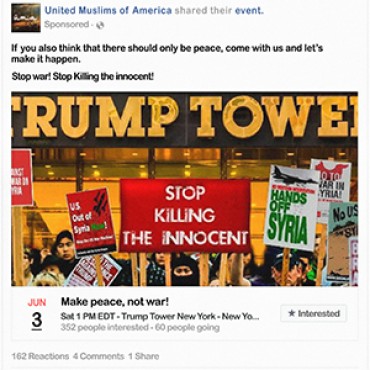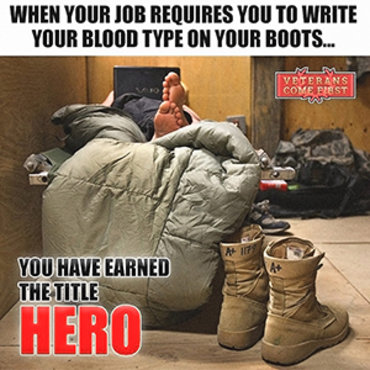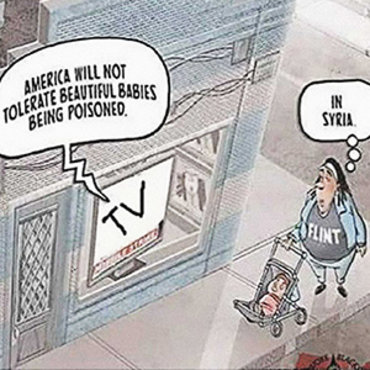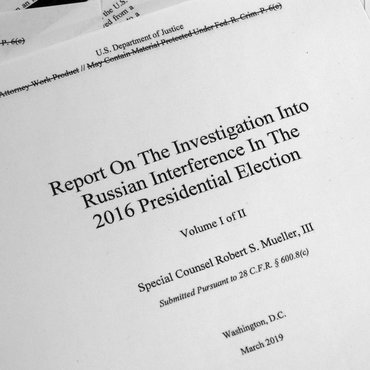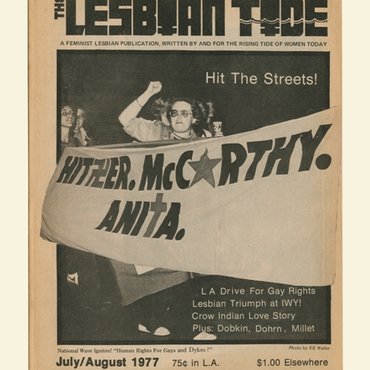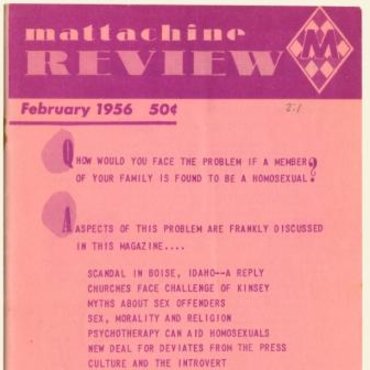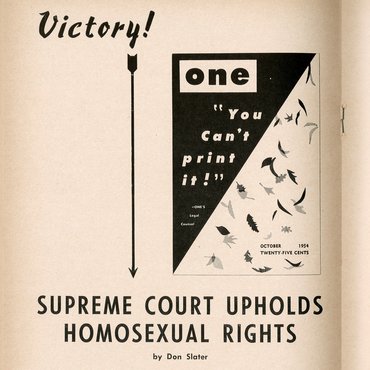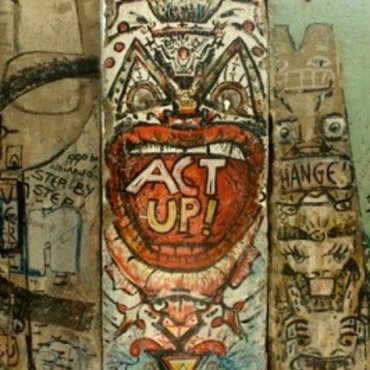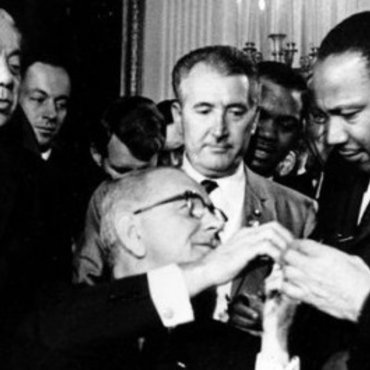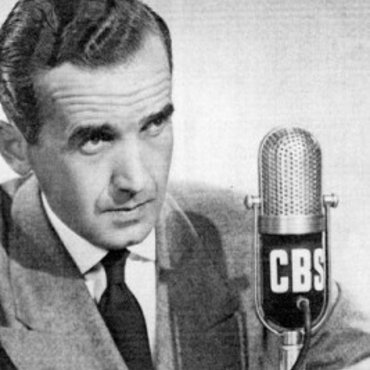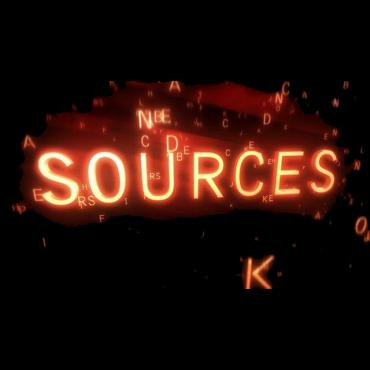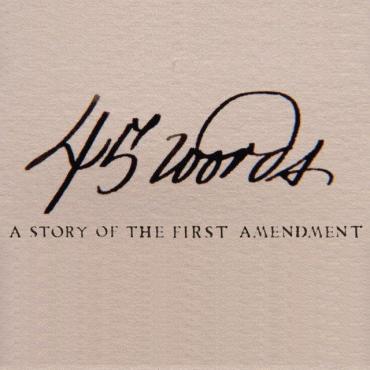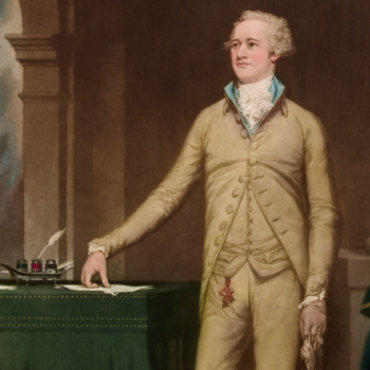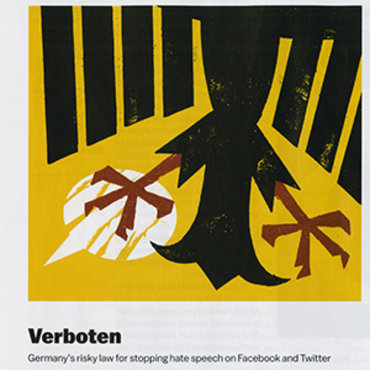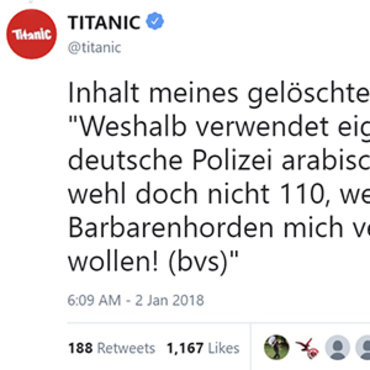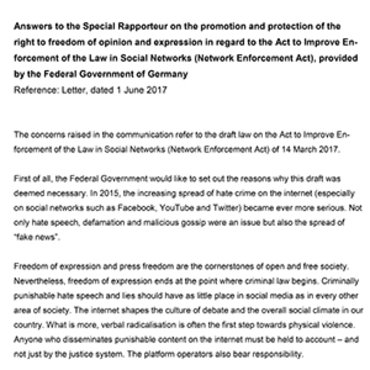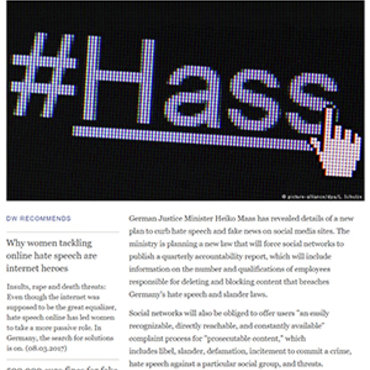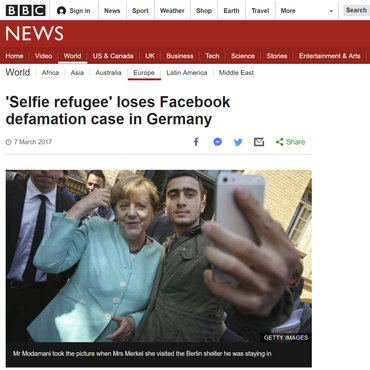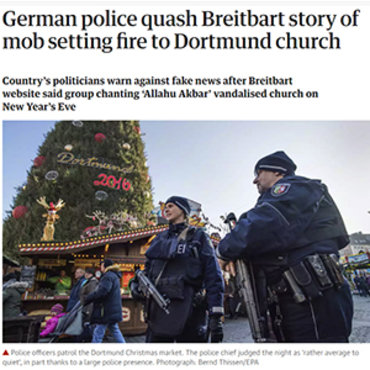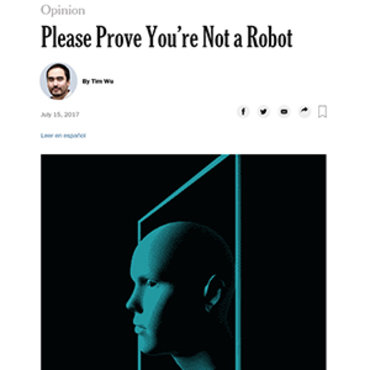
Lesson Plan
Weed Out Propaganda
A bold digital poster outlines a simple acronym — S.E.E.D. — to help students learn to spot propaganda by recognizing four of its key techniques.
Get even more great free content!
This content contains copyrighted material that requires a free NewseumED account.
Registration is fast, easy, and comes with 100% free access to our vast collection of videos, artifacts, interactive content, and more.
Sign Up
?
NewseumED is provided as a free educational resource and contains copyrighted material. Registration is required for full access. Signing up is simple and free.
With a free NewseumED account, you can:
- Watch timely and informative videos
- Access expertly crafted lesson plans
- Download an array of classroom resources
- and much more!
Duration
30-60 minutes
Topic(s)
- Current Events
- Journalism
- Politics
Grade(s)
- 6-12
- College/University
- In advance, review the historical examples of propaganda in the gallery on this page. Pre-select examples or provide access to a source for examples of contemporary propaganda (see materials section).
- As a class, define propaganda. Be sure your definition includes the ideas that propaganda is a persuasive message/media intended to influence thoughts and actions and that it may attempt to override reason/facts with emotions/gut reactions. Explain that propaganda can be used to promote a wide variety of causes, some of which we would deem “good,” and some of which we would deem “bad,” and that students may be familiar with many propaganda techniques because advertisers borrow them to sell goods and services. Being able to identify propaganda is important in order to make sure that we are forming our opinions about the world based on facts and not being manipulated into thinking/doing things without realizing it.
- Tell students they are going to look at propaganda from the past and the present to see how some of its key techniques have changed and stayed the same. Review the Weed Out Propaganda poster to ensure students understand the four key techniques: simplification, exploitation, exaggeration and division.
- Hand out the Weed out Propaganda worksheet and assign or have students select one historical example (from the gallery on this page) and one contemporary example to analyze.
- After students have completed the worksheet, allow them to share their findings and discuss the questions below.
- Weed Out Propaganda poster (download to print or project)
- Weed Out Propaganda worksheet (download), one per student
- Access to the gallery of historical propaganda on this page (either printed copies or via devices)
- Contemporary examples of propaganda (one possible source: Mind Over Media)
- Which techniques seem to be the most commonly used? Why do you think this is?
- Which techniques do you think are the most/least effective? Why?
- Are the techniques that were effective in the past also effective today? Explain.
- Which of the historical examples analyzed do you think were effective at changing minds in their time? Why? Are any still effective today?
- How are the contemporary examples the same as/different from the historical examples? How do you explain the similarities and differences?
- Why is it important to be able to recognize propaganda? What impact has it had on history? What impact does it have today?
- The poster describes propaganda as something you should try to remove before it “takes root.” Do you think it becomes harder to recognize propaganda if you have started to believe in the ideas it presents? Explain.
-
Common Core State Standards: CCSS.ELA-LITERACY.CCRA.R.1
Read closely to determine what the text says explicitly and to make logical inferences from it; cite specific textual evidence when writing or speaking to support conclusions drawn from the text. -
Common Core State Standards: CCSS.ELA-LITERACY.CCRA.R.4
Interpret words and phrases as they are used in a text, including determining technical, connotative, and figurative meanings, and analyze how specific word choices shape meaning or tone. -
Common Core State Standards: CCSS.ELA-LITERACY.CCRA.R.8
Delineate and evaluate the argument and specific claims in a text, including the validity of the reasoning as well as the relevance and sufficiency of the evidence. -
Common Core State Standards: CCSS.ELA-LITERACY.CCRA.SL.1
Prepare for and participate effectively in a range of conversations and collaborations with diverse partners, building on others' ideas and expressing their own clearly and persuasively. -
Common Core State Standards: CCSS.ELA-LITERACY.CCRA.SL.2
Integrate and evaluate information presented in diverse media and formats, including visually, quantitatively, and orally. -
Common Core State Standards: CCSS.ELA-LITERACY.CCRA.W.1
Write arguments to support claims in an analysis of substantive topics or texts using valid reasoning and relevant and sufficient evidence.
-
NCSS C3 Framework: D2.Civ.8.6-8 and D2.Civ.8.9-12
6 - 8: Analyze ideas and principles contained in the founding documents of the United States, and explain how they influence the social and political system. 9 - 12: Evaluate social and political systems in different contexts, times, and places, that promote civic virtues and enact democratic principles.
-
ISTE: 3b. Knowledge Constructor
Students evaluate the accuracy, perspective, credibility and relevance of information, media, data or other resources. -
ISTE: 3d. Knowledge Constructor
Students build knowledge by actively exploring real-world issues and problems.










